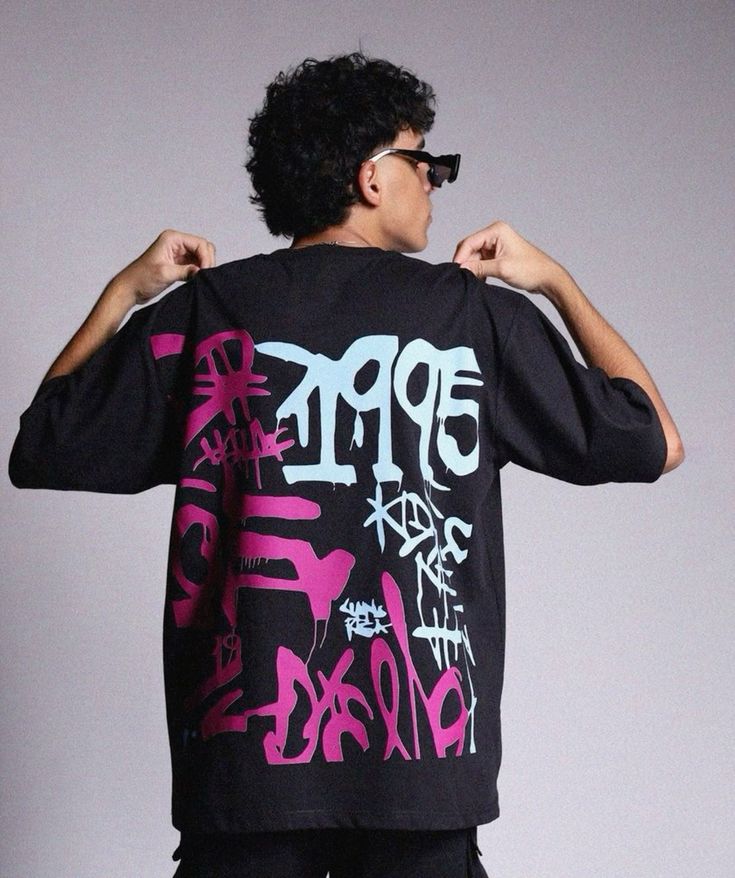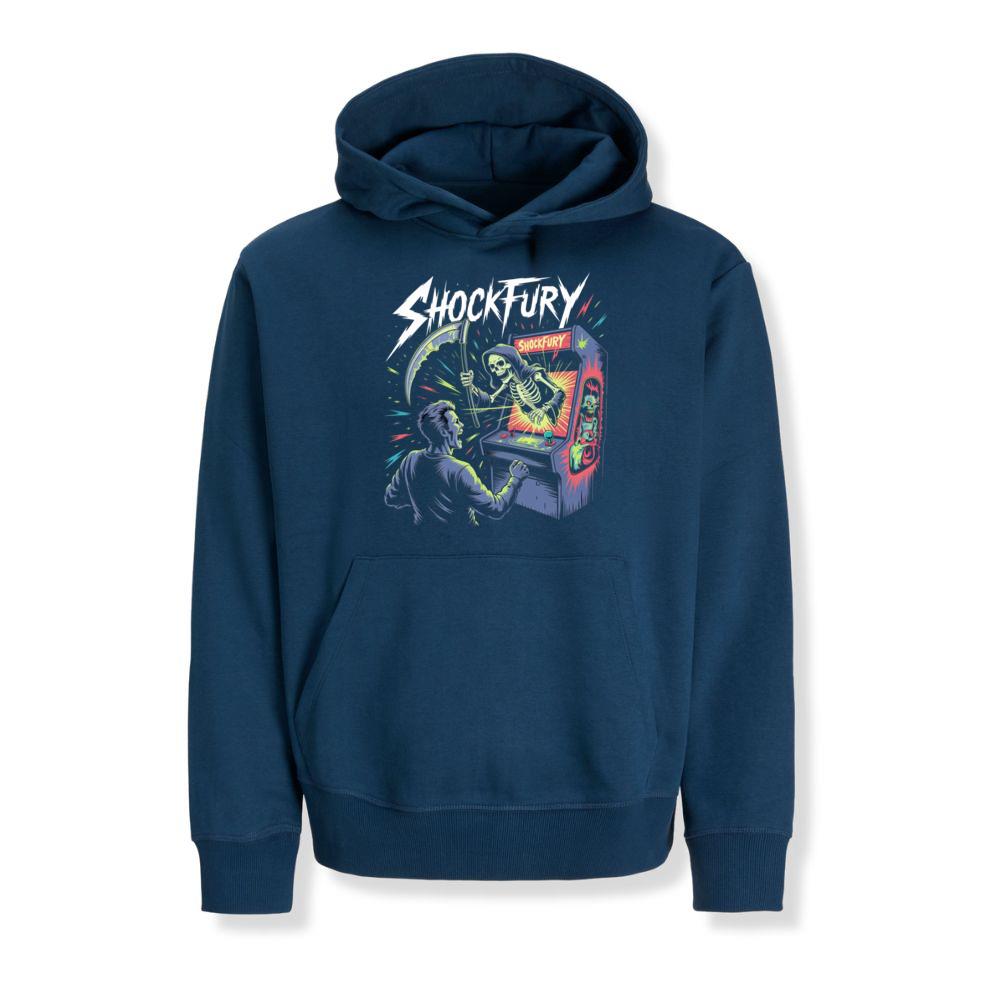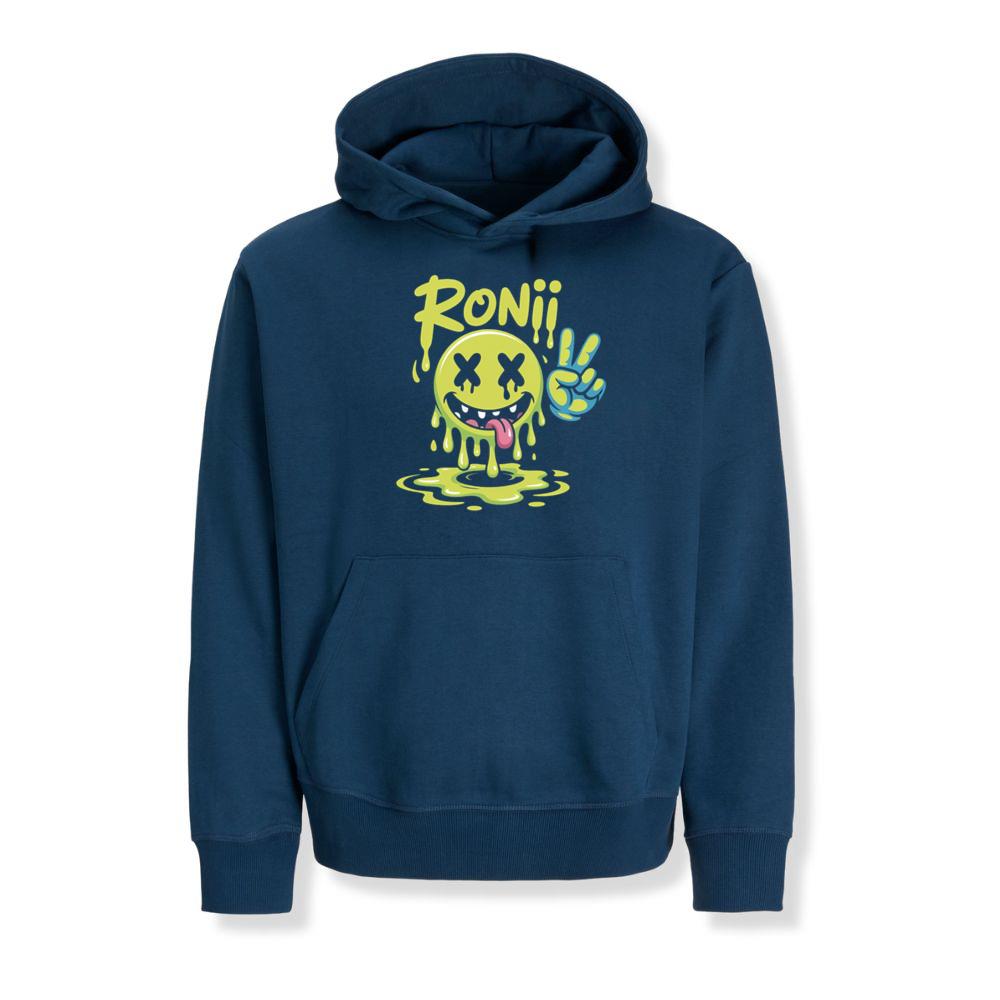Introduction: The Fabric Revolution Begins
For centuries, the story of fashion has been written through the lens of fabric. From cotton fields to silk farms, from industrial mills to high-tech laboratories, textiles have been the heartbeat of style. Every civilization has left behind a textile legacy that reflects not only aesthetics but also culture, resources, and priorities. Today, however, we are living in a moment of transformation unlike any before.
Future fabrics are not simply new materials—they are a revolution in the way we think about clothing itself. Driven by sustainability, powered by science, and shaped by shifting cultural values, these textiles redefine how we live, move, and express ourselves. What we wear is no longer just about covering the body or signaling trends; it is about aligning with values, integrating with technology, and reimagining our connection with the planet.
Fashion in the twenty-first century is at a crossroads. The old model—fast fashion driven by mass production, disposable garments, and environmental neglect—can no longer sustain itself. In its place, a new vision is emerging: one where fabrics are designed to be renewable, intelligent, and purposeful. Biodegradable sneakers, mushroom-based jackets, algae-grown fibers, and digitally enhanced garments are no longer speculative—they are entering mainstream conversations and beginning to influence wardrobes across the globe.
This exploration of future fabrics invites us to rethink clothing not just as a product but as an experience. The following sections dive into the major forces shaping textile innovation today: sustainability, biotechnology, digitalization, cultural influence, and the reinvention of production. Each represents a piece of the larger puzzle—a world where fabrics are smarter, kinder to the earth, and more deeply connected to the human spirit.
Sustainable Materials Revolution
The urgency of climate change has pushed sustainability to the front lines of textile innovation. Traditional fabric production, particularly cotton and synthetic polyester, is resource-intensive and harmful. Cotton consumes enormous amounts of water, while polyester releases microplastics into oceans. The future demands fabrics that reduce harm, regenerate ecosystems, and close the loop of consumption.
New sustainable fibers are being born from unexpected sources. Agricultural waste, such as pineapple leaves or banana stems, is being transformed into durable, breathable textiles. Recycled plastics from oceans are being woven into stylish performance wear, giving a second life to waste that would otherwise harm marine life. Plant-based leathers derived from cactus, apple peels, or mushrooms are offering ethical alternatives to animal hide, reshaping luxury fashion’s material palette.
What makes these sustainable fabrics powerful is not only their reduced impact but also their emotional resonance. Consumers no longer see sustainability as optional—it is becoming a baseline expectation. Future fabrics created with eco-consciousness reflect a cultural movement where what we wear is also a statement of care for the planet.
Biotechnology and Living Fabrics
The marriage of biology and fashion is one of the most radical shifts of the modern textile landscape. Biotechnologists are no longer just creating fabrics; they are growing them. Imagine leather cultivated in labs without animals, fabrics engineered with bacteria that change color, or materials designed to self-heal when torn. These are no longer science fiction—they are in experimental labs and slowly moving into commercial spaces.
Lab-grown materials such as Mylo (made from mycelium, the root structure of fungi) and Modern Meadow’s biofabricated leather offer textures indistinguishable from traditional hides but without the environmental toll. Algae fibers are emerging as lightweight, renewable alternatives to synthetics. Even spider silk, once thought impossible to replicate, is being produced synthetically for garments that balance strength with sustainability.
Living fabrics go a step further by interacting with the body and environment. They can respond to temperature, adapt to movement, and even generate energy. This creates a new dimension of fashion where clothing is dynamic, functional, and alive in a way textiles have never been before.
Digital and Smart Textiles
As technology merges with fashion, fabrics themselves are becoming intelligent. Smart textiles are embedded with sensors, conductive threads, and interactive capabilities that transform clothing into wearable technology. A jacket may track your heartbeat, a T-shirt may monitor posture, or a dress may light up in response to music.
Beyond health and performance, digital fabrics are redefining aesthetics. Color-changing fibers can shift hues with the tap of a smartphone. 3D printing allows for garments to be designed digitally and then produced with minimal waste, tailored perfectly to an individual’s body. Augmented reality even opens doors to “digital clothing” that exists virtually, giving consumers the thrill of fashion without physical production.
Smart textiles are not just novelties. They represent the fusion of digital lifestyles with physical garments. As we move deeper into a connected world, future fabrics will allow clothing to act as extensions of our devices, our personalities, and our environments.
Cultural Values Reshaping Fabric Choices
Fabric innovation is not purely scientific—it is also cultural. As societies redefine values, those shifts influence the demand for new textiles. The rise of veganism, for example, has fueled the growth of plant-based leathers. Cultural movements emphasizing minimalism have popularized durable, timeless fabrics that resist fast fashion cycles.
At the same time, cultural fusion has expanded the palette of materials. Traditional weaving techniques, once limited to specific regions, are being revitalized with modern fibers. Indigenous knowledge about natural dyes and plant-based fabrics is being integrated into contemporary design, honoring heritage while shaping innovation.
Consumers now view fabrics as symbols of identity and ethics. What we wear signals more than style—it communicates alignment with social causes, cultural pride, and personal philosophy. Future fabrics, therefore, are designed not only for function but also for storytelling.
The Future of Fabric Production
Looking ahead, the production of fabrics will be as revolutionary as the materials themselves. Factories may evolve into laboratories, where bioreactors grow textiles with precision. On-demand 3D printing may eliminate overproduction by allowing garments to be created only when purchased. Closed-loop recycling systems may enable fabrics to be broken down and re-spun indefinitely, erasing the concept of waste.
The ultimate vision is a fully circular system where fabrics regenerate endlessly, powered by renewable energy and guided by data-driven efficiency. In such a system, innovation is not just about inventing new textiles—it is about reinventing the entire process of making clothes.
Conclusion: Weaving Tomorrow’s Story
The story of future fabrics is not just about textiles—it is about transformation. These innovations redefine fashion’s relationship with the environment, with technology, and with cultural values. They are not isolated trends but part of a larger movement toward a world where what we wear reflects who we are and what we believe.
The fabrics of tomorrow will not only cover us; they will connect us. They will heal, adapt, and inspire. They will merge science with art, biology with culture, and ethics with design. In doing so, they will push fashion beyond its historical role as ornamentation into a future where clothing becomes a living expression of possibility.
The revolution is already underway. The question now is not whether fabrics will change, but how quickly we will embrace them. The choices we make as consumers, designers, and citizens will determine the pace of this transformation. One thing is certain: the future of fabrics is a future of endless imagination, and it is already being woven into the very threads of our lives.













